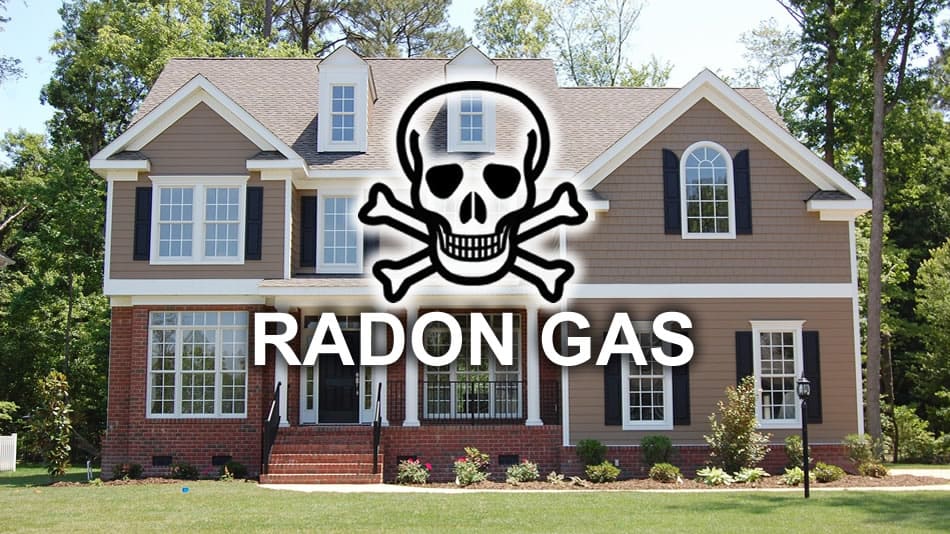Radon: What is it? Exactly How to Eliminate It
Radiation Protection
Is radon really bad for you?
Breathing radon over time increases your risk of lung cancer. Radon is the second leading cause of lung cancer in the United States. Nationally, the EPA estimates that about 21,000 people die each year from radon-related lung cancer. Only smoking causes more lung cancer deaths.
The very first step in mitigation is evaluating to see if the indoor-air and/or domestic water radon concentrations ought to be decreased. The World Wellness Organization's International Radon Task has actually suggested an action level of 100 Bq/m3 (2.7 pCi/l) for radon in the air.
The EPA sets the degree of unsafe radon gas direct exposure at or above 4 pCi/L. If your home has radon gas levels surpassing this action level, it's suggested that you go through reduction efforts to minimize exposure. If screening reveals a much higher level, you'll certainly need mitigation and might require extra comprehensive restorations to seal the resource of the gas.
Is radon mitigation really necessary?
When radon gas enters the body, it exposes the lungs to small amounts of radiation. In small quantities, experts say this is harmless. However, in persistent exposures or larger quantities, radon can damage the cells of the lining of the lungs, increasing a person's chance of developing lung cancer.
The United States EPA has actually placed it clearly, stating, "Any radon exposure has some threat of creating lung cancer cells. Radon gas is a naturally-occurring by-product of the radioactive degeneration of Uranium in the soil. Depending on your geographical place, the radon degrees of the air you breathe outside of your house might be as high as 0.75 pCi/L.
- Lung cancer threat climbs 16% per 2.7 pCi/L increase in radon direct exposure.
- Radon gas is a naturally-occurring by-product of the contaminated decay of Uranium in the soil.
- Depending upon your geographical location, the radon levels of the air you take a breath beyond your residence may be as high as 0.75 pCi/L.
- The nationwide standard of outside radon degrees is 0.4 pCi/L and it is approximated by the National Academy of Sciences that outdoor radon degrees cause approximately 800 of the 21,000 radon induced lung cancer cells fatalities in the US every year.
- The US EPA has placed it simply, specifying, "Any type of radon direct exposure has some risk of creating lung cancer.
How do you eliminate radon?
Possible symptoms include shortness of breath (difficulty breathing), a new or worsening cough, pain or tightness in the chest, hoarseness, or trouble swallowing. If you smoke and you know you've been exposed to high levels of radon, it's very important to quit smoking.

The important things to remember is that the risk for lung cancer cells from radon is random as well as opposes statistics. People may be subjected for a lifetime at very high levels without obtaining lung cancer, while others may be revealed at moderate degrees for a year or 2 and agreement lung cancer cells. Radon is among minority environmental threats we have some control over. Many people fear that if a radon examination shows high degrees in a specific house, that the home is somehow tainted as well as devalued.
The health hazard from radon does not come mostly from radon itself, however rather from the radioactive items created in the decay of radon. The basic http://rowankkew513.image-perth.org/radon-screening-in-property impacts of radon to the body are triggered by its radioactivity and also consequent threat of radiation-induced cancer. Lung cancer cells is the only observed repercussion of high concentration radon direct exposures; both animal as well as human studies suggest that the lung and breathing system are the main targets of radon daughter-induced poisoning. Ultimately, they discovered that the possibility of establishing lung cancer cells fell below one (the no impact level) at radon exposure within the variety of 0-4 picoCuries per liter, according to Science Daily.
How long does it take for radon to cause cancer?
Fact: You will reduce your risk of lung cancer when you reduce radon levels, even if you've lived with an elevated radon level for a long time. Keep in mind that radon levels below 4 pCi/L still pose some risk and that radon levels can be reduced to 2 pCi/L or below in most homes.
